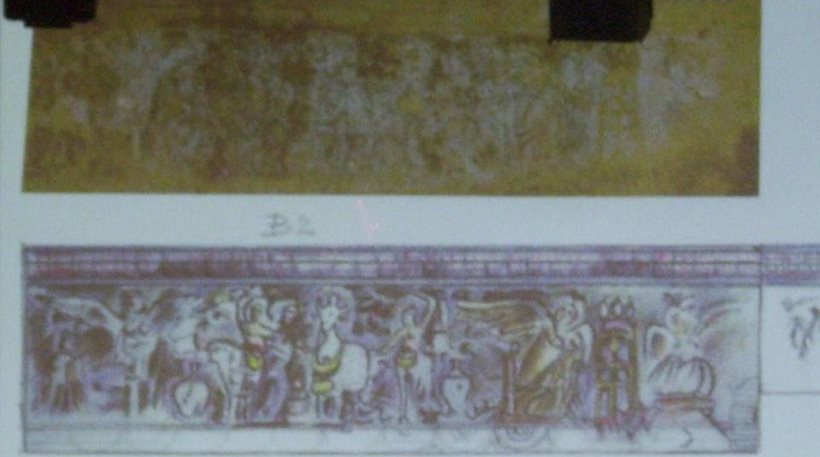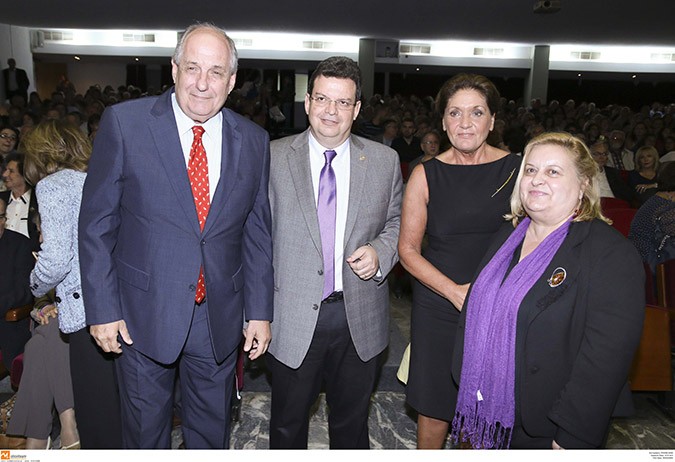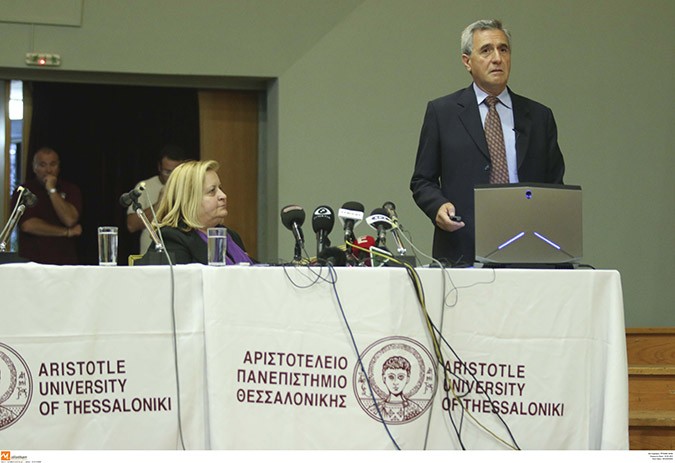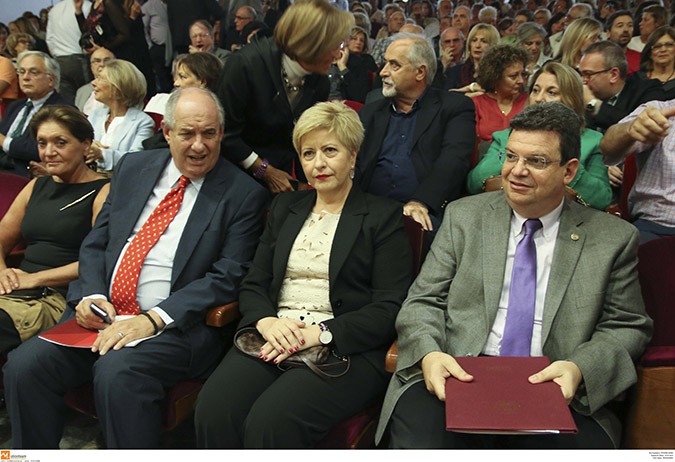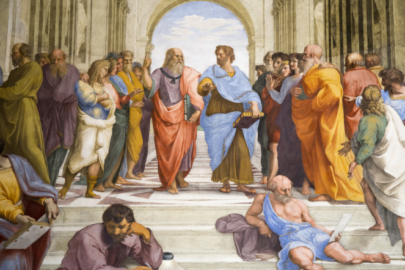Archeologists have drawn conclusions regarding the Amphipolis Tomb. They state that it was commissioned and financed by Alexander the Great in honor of his beloved friend Hephaestion. It was designed by architect Dinokrates or Stesikrates and was constructed at the end of the 4th century BC by Antigonus I Monophthalmus.
The results are based on new finds after decoding three inscriptions found recently around the area where the Lion of Amphipolis was found, a few kilometers south of the tomb.
The new findings were presented at an event at the Aristotle University of Thessaloniki, titled “Searching Kasta Hill in Amphipolis 2012-2014”. This was the first open event in which the Amphipolis lead archeologist Katerina Peristeri spoke.
“The secret of the construction of the Amphipolis monument lies on the top of the monument where a wooden pole was placed to support the Lion,” said Michalis Lefantzis, the architect responsible for the excavation.
The complex inscriptions formed the name “Hephaestion”, meaning “I Antigonus received construction material for the erection of a monument in honor of Hephaestion…”
Peristeri presented the finds so far and said that she has not shifted from her initial view that the memorial was constructed at the end of the 4th century BC.
Despite the fact that the amphitheatre of the university ceremony hall was packed however only a few archaeologists and university professors attended the event. Leaflets were flung at the entrance of the cermemony hall stating: “The Amphipolis carcass stinks of nationalism!” The leaflets were signed by the so-called “autonomous historian-archaeologist group of Thessaloniki University.”


